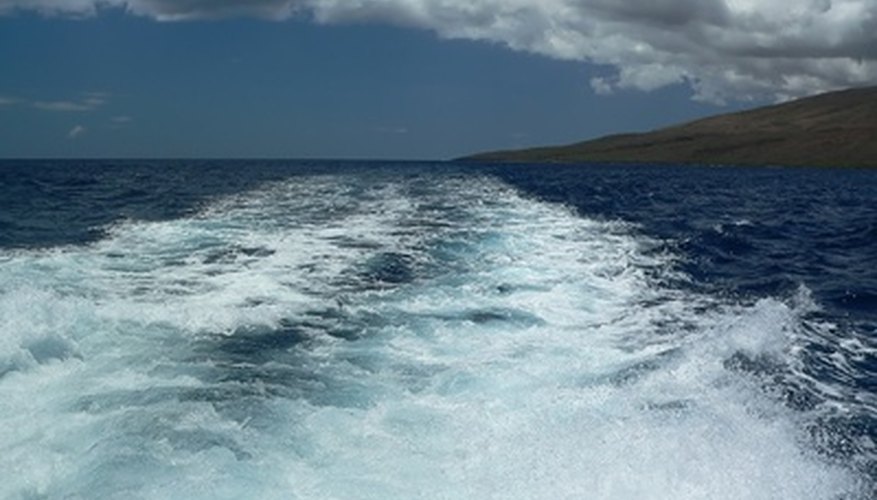Volvo-Penta began manufacturing cast iron hardware in Sweden in 1868 and has evolved to produce a wide range of marine products. The Volvo-Penta MD17 line of aquatic engines continued their expansion, providing seafarers with an efficient motor to cruise the waves. The specifications of this engine centre around solid building materials and performance as well as a full range of features.
Performance
The Volvo-Penta MD17C was sold between the years of 1975 and 1981, featuring 35 horsepower at 2,500rpm and a maximum of 2,800rpm in overspeed mode. The MD17D model was made from 1981 to 1984 and had a slight increase in performance. This motor achieves 36 horsepower at 3,000rpm and is capable of 3,350rpm. Both models have a compression ratio of 17.5-to-1 and feature a displacement of 102.51 cubic inches. The heavy duty version of MD17 engines output 30 horsepower at 2,300rpm. The heavy duty MD17C has a max of 2,600rpm, and the MD17D heavy duty has a max of 2,900rpm.
- The Volvo-Penta MD17C was sold between the years of 1975 and 1981, featuring 35 horsepower at 2,500rpm and a maximum of 2,800rpm in overspeed mode.
Engine Composition
Volvo-Penta MD17 engines run on diesel and have three cylinders with liners that are made of cast iron. The bore is 3.5 inches in diameter and the stroke measures 3.54 inches. The pistons are made of aluminium and have a total height of 3.858 inches. There is one loose engine block per cylinder, made of cast iron alloy. The cylinder head holds them in place and is attached to the crankcase with long studs. The MD17 features replaceable wet cylinder liners.
- Volvo-Penta MD17 engines run on diesel and have three cylinders with liners that are made of cast iron.
- The cylinder head holds them in place and is attached to the crankcase with long studs.
Features
The Volvo-Penta MD17 model uses a thermostatically controlled system that utilises seawater to cool the engine through a heat exchange. A fresh water cooling system is also available, using thermostatic controls as well. Both systems work to cool the cylinder head and engine block. A cast iron exhaust system features a pipe stub that attaches the hull to the hose and is also cooled with seawater. A 12-volt electrical system with an alternator provides the spark. The engine has a lubrication system that is pressurised, running a gearwheel pump to distribute oil throughout the motor. Fuel delivery is achieved using fuel filter, feed pump, supply pipes and injector pumps to infuse diesel through injectors that are attached inside cylinder heads.
- The Volvo-Penta MD17 model uses a thermostatically controlled system that utilises seawater to cool the engine through a heat exchange.
- The engine has a lubrication system that is pressurised, running a gearwheel pump to distribute oil throughout the motor.
